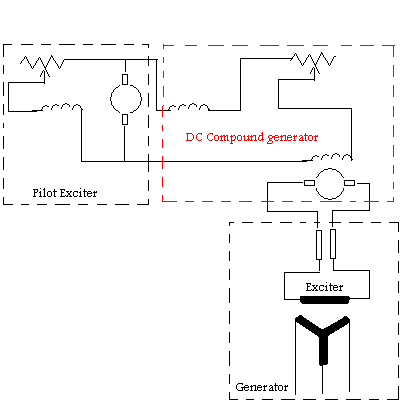- This topic has 2 replies, 1 voice, and was last updated 2 years, 11 months ago by .
-
Topic
-
I need more explanation or there is any document regarding the " Cross Current Componding"
which should be a part of the excitation syetm of a power plant generator.
If some body can explain and help I thank a lot.
Viewing 2 replies - 1 through 2 (of 2 total)
Viewing 2 replies - 1 through 2 (of 2 total)
- You must be logged in to reply to this topic.

